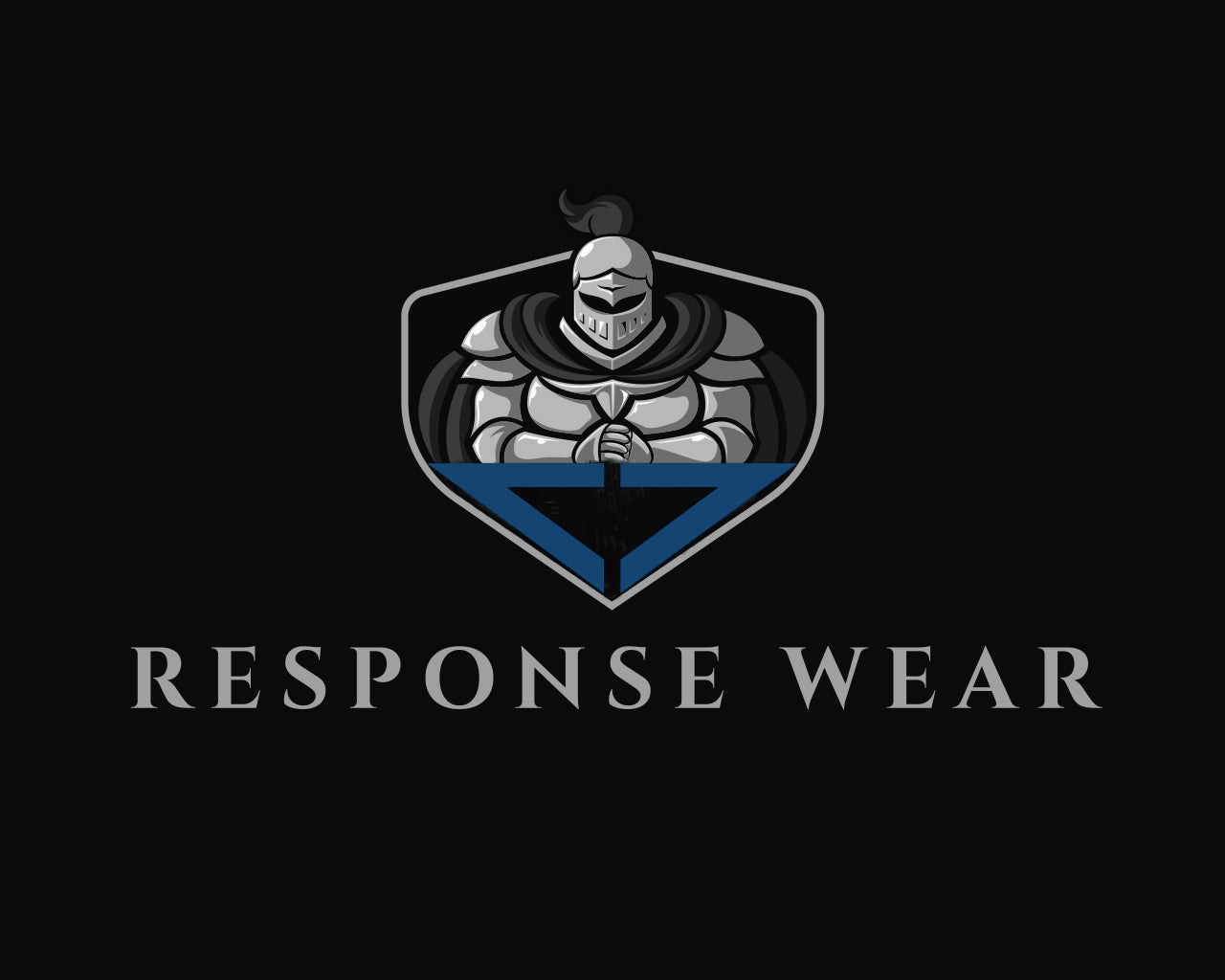NIJ0115.00 Stab Resistance Testing

NIJ0115.00 is a standard developed by the National Institute of Justice (NIJ) for testing the stab resistance of body armor. This standard outlines the test method and performance requirements for equipment designed to protect against knife and other edged weapon attacks.
Test Methodology
The testing involves a series of strikes with a specific amount of force applied to the armor by a calibrated knife blade. The force and angle of attack are also standardized and carefully controlled. The knife used for the testing is a special instrumented blade that calculates the amount of force it applies to the armor.
The testing is conducted on both conditioned and unconditioned armor to assess the performance of the armor under different scenarios. Conditioned armor is exposed to a range of environmental factors to simulate repeated wear and tear of the armor during its lifetime.
Performance Requirements
In order to pass the NIJ0115.00 standard, the body armor must be able to withstand a series of tests with a minimum required level of protection. The level of protection is determined by the number of strikes with a prescribed amount of force that the armor can withstand without penetrating.
There are several performance levels defined by the standard, ranging from level 1 to level 4. Each level indicates the level of protection provided by the armor, with level 4 providing the highest level of protection.
Conclusion
NIJ0115.00 is an important standard for assessing the stab resistance of body armor. By following this standard, manufacturers can ensure that their body armor provides a minimum level of protection against knife and other edged weapon attacks.
Performance Levels
As mentioned earlier, NIJ0115.00 defines several performance levels for stab-resistant body armor. These levels are based on the number of strikes with a prescribed amount of force that the armor can withstand without penetrating. Level 1 requires the armor to withstand a single strike, while level 4 requires the armor to withstand at least six strikes in the same spot without penetration.
It is important to note that higher performance levels do not necessarily mean better protection against all types of edged weapon attacks. Manufacturers and users should carefully consider their specific needs and risks when selecting body armor with a particular performance level. Additionally, regular maintenance and inspection of the armor is crucial to ensure continued protection over time.
Maintenance and Inspection
Regular maintenance and inspection of stab-resistant body armor is crucial to ensure continued protection over time. This includes checking for any signs of wear or damage, such as cuts or tears in the fabric, and ensuring that all components are functioning properly. It is also important to follow the manufacturer's instructions for care and cleaning of the armor. By properly maintaining and inspecting their body armor, users can help ensure that it will provide the intended level of protection when needed.
Manufacturer's Responsibility
Manufacturers of stab-resistant body armor have a responsibility to ensure that their products meet the NIJ0115.00 standard and provide the level of protection advertised. This includes conducting regular quality control checks and testing to ensure consistent performance across all batches of armor produced. Manufacturers should also provide clear instructions for care and maintenance of the armor, as well as information on the expected lifespan of the product.
In addition, manufacturers should conduct ongoing research and development to improve the performance of their products and stay up-to-date with emerging threats and technologies. By continuously improving their products, manufacturers can help ensure that law enforcement officers, military personnel, and other users are equipped with the most effective protective gear available.
